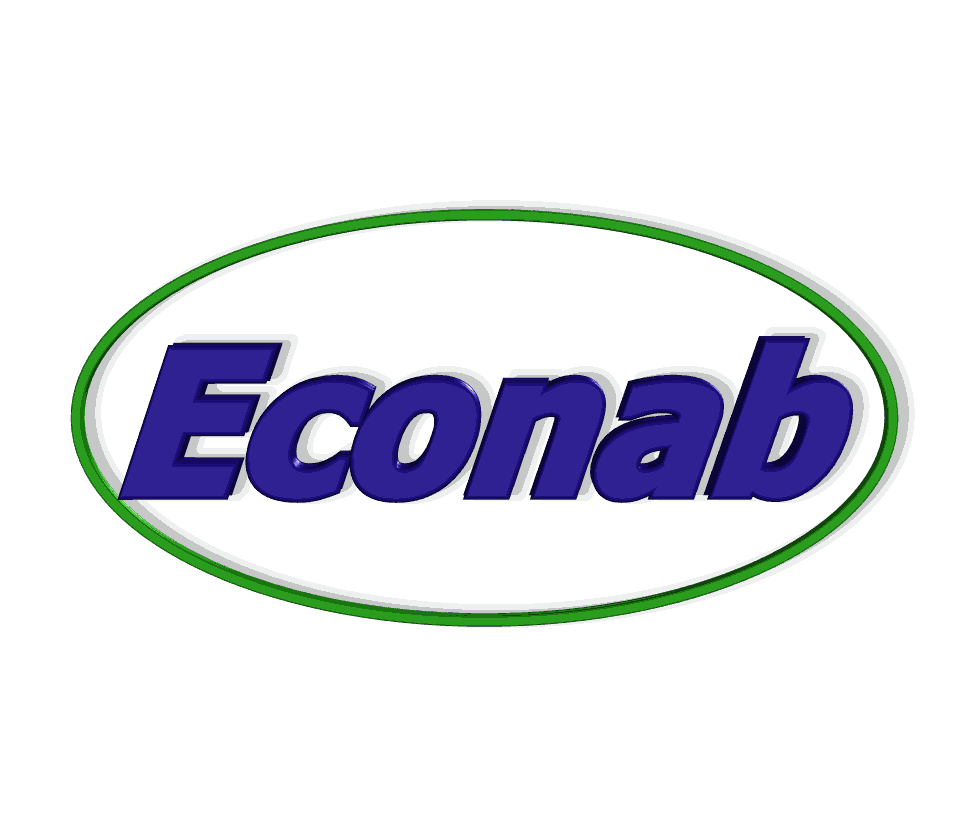

WHY DOES REFUELLING CAUSE POLLUTION?
When filling a boat’s fuel tank, degassing occurs through the vent pipe.
When the tank is full, fuel follows the same path and therefore spills out through the vent.
For technical reasons, the degassing of free air is essential on a boat.
Fuelling station

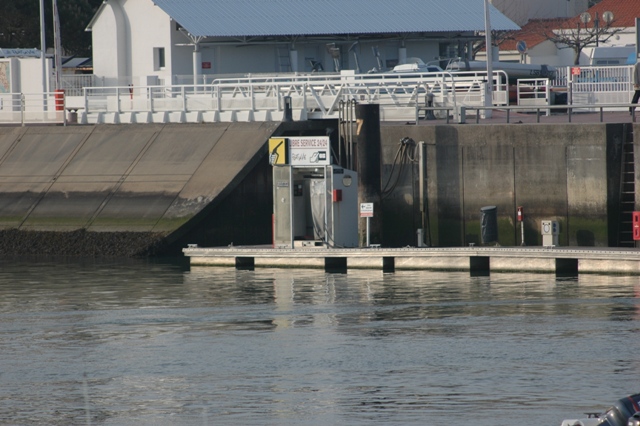
The port is already the sea, does not pollute!
Traces of fuel

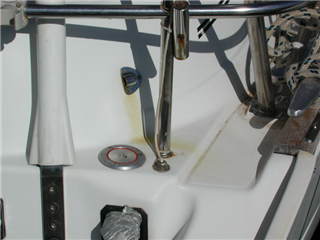
Trace on the hull

Contaminated hull with surface hydrocarbon spillage
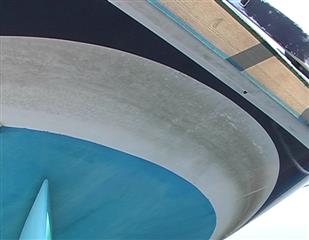
All ports are equipped with automatic switch-off dispenser nozzles

Fuel on the surface

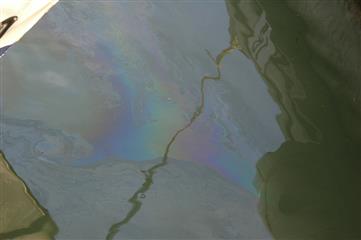
Fuel at the pontoon

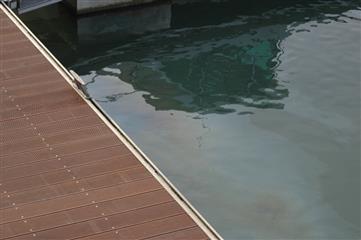
With each fuelling, a certain amount of fuel spills into the port causing serious pollution.
In the field of fluvial and maritime transport, accidental spillage of fuel is the cause of major pollution.
This pollution is estimated at millions of litres per year.
One litre of fuel pollutes 2000 m² (the equivalent of a football pitch!)
To date, with a view to preventing such pollution, floating containment booms or dispersants are used.
These means are extremely expensive for local authorities, over and above the costs of water treatment.
All ports are equipped with automatic switch-off dispenser nozzles
They work on the same principle as service stations for cars.
This is why when you fill up a jerry can with fuel, the dispenser nozzle automatically switches off and there is no over-spill.
To fill a tank, a flow rate of around 3 m3/hour is used for a 50 mm hose, degassing occurs at the same time by the vent pipe.
When the tank is full, excess fuel is blown out without the dispenser nozzle switching off automatically due to the lack of counter-pressure to stop the flow.
Tank fillers of pleasure boats are generally 16mm in width. Professional boats are identical to the fuelling width:
Each fuelling causes accident overspill of fuel into ports
Traces of fuel due to frequent fuel spillage

